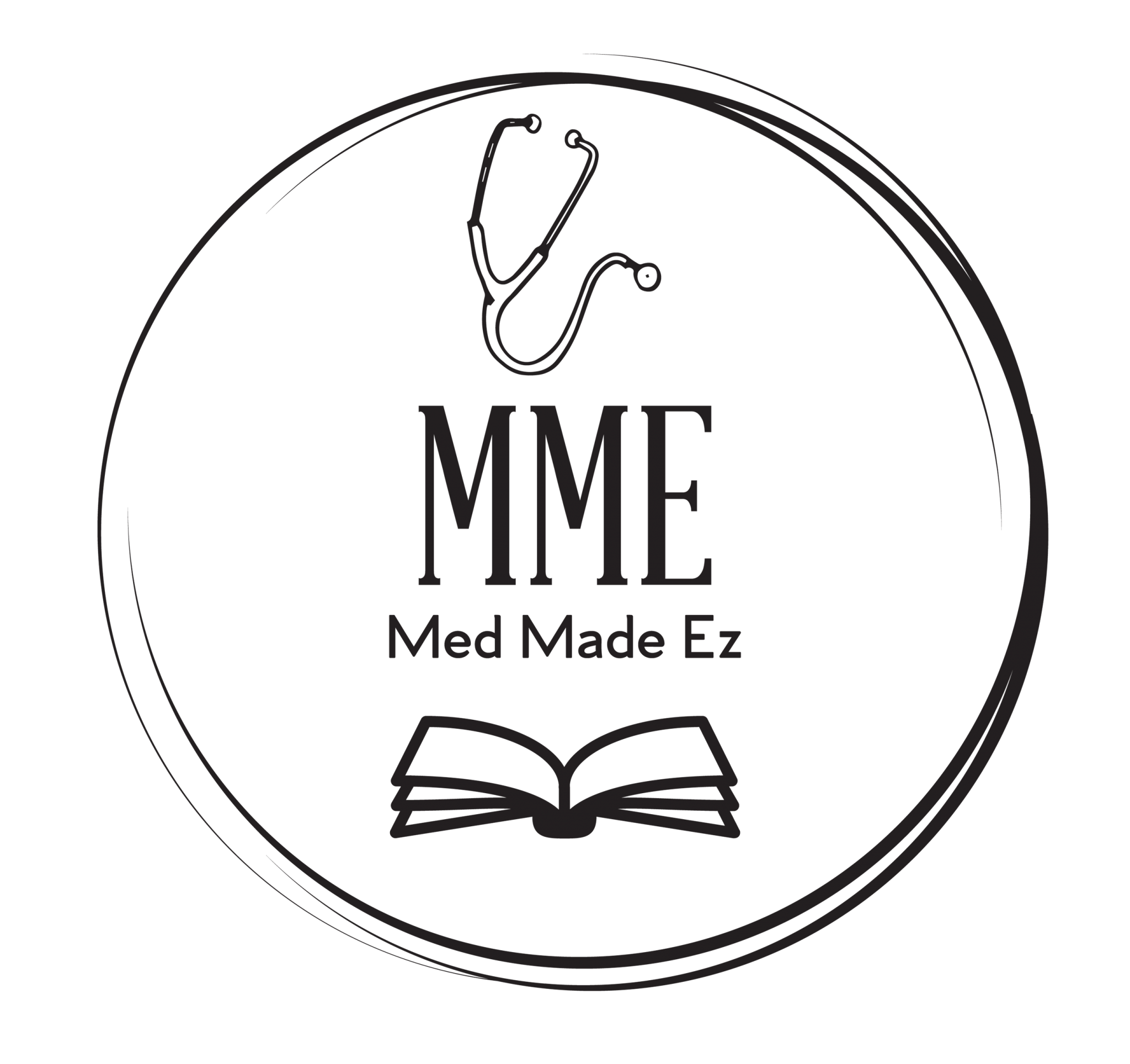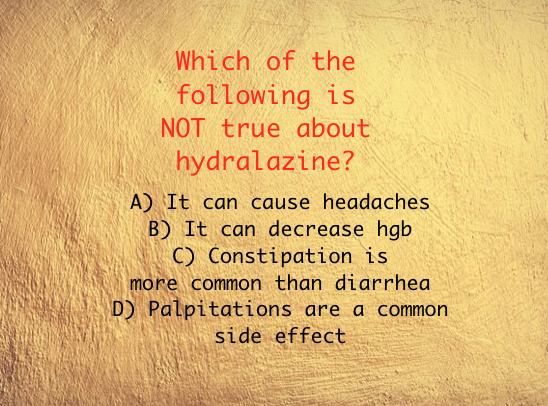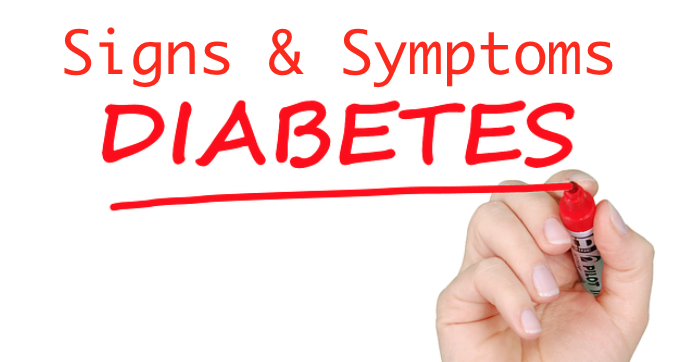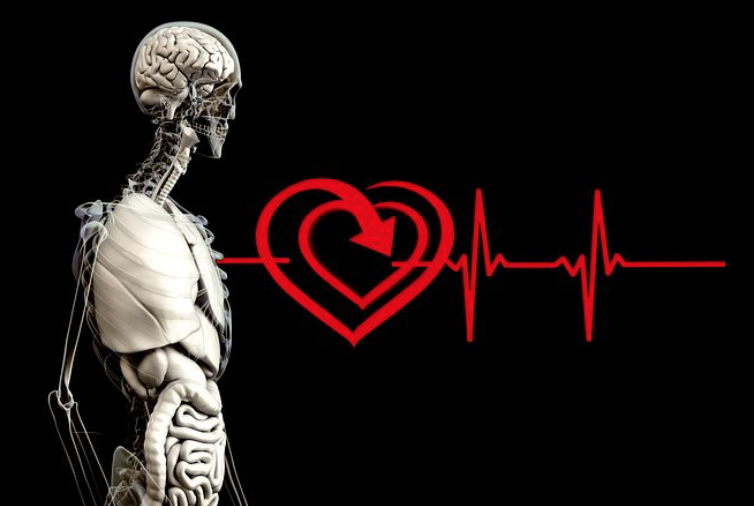WANT THE MOST CURRENT QUESTIONS SENT TO YOU? SIGNUP:
[jetpack_subscription_form]
Are you a nursing student? New nurse? Studying for NCLEX? Nurse practitioner (or student)? Medical student? Seasoned nurse? Physician assistant (or student)? Or just love to learn about medical stuff? Med Made Ez Youtube channel is the channel for you!
Nursing hacks, study tips, NCLEX questions, diagnosis made easy, pharmacology made easy, career tips, and so much more! Subscribe today, hit the notification bell to get the latest uploads!
TODAY’S TEST QUESTION:

CORRECT ANSWER:
A) Tetralogy of Fallot
MORE INFO:
- These episodes of turning blue are called “tet spells”
- These babies often turn blue (cyanotic)
- Commonly seen in Down syndrome and DiGeorge syndrome (1)
- Tetralogy of fallot involves 4 types of heart defects:
- Pulmonary valve (and passageway) stenosis (narrowing)
- Right ventricular hypertrophy (enlargment)
- Ventral septal defect (hole in wall of heart)
- Overriding aorta (aorta in wrong place)
- Usually blood in pumped from right side of heart into lungs to get oxygenated
- After oxygenated the blood goes to the left side of the heart and eventually out to the rest of the body
- In this heart defect there is a hole (VSD) between right and left side where the blood travels.
- This means that blood from right side has not gone through the lungs yet to be oxygenated.
- Surgery is usually needed to repair this defect
- Initially a temporary shunt operation may be done and later a complete repair
NCLEX TIPS: (for nursing students)
- Poor weight gain, fainting, and tiring easily are signs of tetralogy of fallot
- 2-4 months is the most common time for tet spells but can happen later (2)
- These children usually have a murmur (2, 3)
- Tet spells usually happen after crying, feeding, bowel movements
- Tet smells happen when oxygen decreases in the blood
- Children sometimes squat when they are short of breath as this increase blood to lungs (2)
- They are at increased risk for seizures, sudden death, emboli (3)
REFERENCES:
- Tetralogy of Fallot. American Heart Association
- Tetralogy of Fallot. Mayo Clinic
- Hockenberry & Wilson (2007). Wong’s nursing care of infant and children. 8th edition. Mosby, Elsevier
- Tetralogy of Fallot. National Heart, Lung, and Blood Institute. https://www.nhlbi.nih.gov/health-topics/tetralogy-fallot
MORE TEST QUESTIONS:
- Steroid Cream
- Sitz Bath
- Cluster Headache
- Pronator Drift
- End Stage Renal Disease Diet
- Lochia Rubra
- Beefy Red Tongue
- Crutches
- Medication & Juice
- Teeth Clenching
- HELLP Syndrome
- Baby’s First Stool
- AND MORE TEST QUESTIONS




